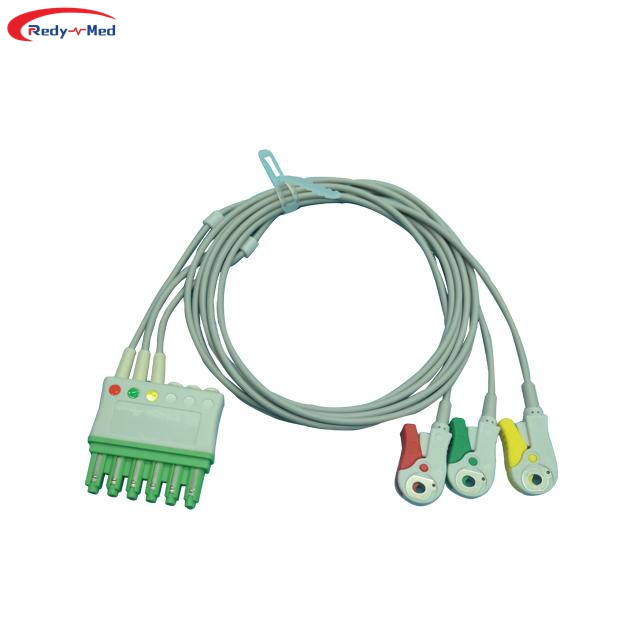
- Home > News > Industry News
How to store EKG cables?
2023-10-12 19:02:21
Proper Organization and Storage of EKG Cables is Crucial

As medical professionals, ensuring the proper storage of crucial equipment is essential for maintaining their functionality and longevity. This is especially true for electrocardiogram (EKG) cables, which are used in various medical settings to record and monitor heart activity. In order to ensure the longevity and effectiveness of these cables, it is important to adopt effective strategies for their storage. This article will provide comprehensive guidance on how to store EKG cables properly.
1. Clean and Organize EKG Cables
Prior to storage, it is crucial to clean and organize the EKG cables to prevent damage and ensure easy access when needed. Start by untangling any knots or twists in the cables, being careful not to bend or strain them excessively. Use a mild disinfectant solution to wipe the cables clean, gently removing any dirt or debris. Allow the cables to dry completely before proceeding to the next step.
2. Coil and Secure the Cables
To prevent tangles and damage, it is important to coil the EKG cables properly. Start by holding one end of the cable and creating a large loop. Continue coiling the cable in a clockwise direction, making sure to keep the loops tight and even. Secure the coiled cable using cable ties or Velcro straps, ensuring they are not too tight to avoid damaging the cables. Label the ties or straps with the cable's length or any other relevant information for easy identification.
3. Store EKG Cables in a Suitable Container
Choosing the right container for storing EKG cables is crucial to protect them from environmental factors. Opt for a plastic storage bin or a dedicated cable storage case that is large enough to accommodate the coiled cables without bending or squeezing them too tightly. Ensure the container has a secure lid or cover to prevent dust, moisture, or other contaminants from entering.
Consider adding a layer of padding or cushioning material at the bottom of the container to provide additional protection. This can be done using foam inserts, soft cloth, or bubble wrap. Place the coiled cables gently inside the container, ensuring they are arranged neatly and do not overlap or intertwine. Label the container clearly with the type of cables stored and the date of storage for easy retrieval.
Conclusion
Proper storage of EKG cables is essential for maintaining their effectiveness and longevity. By following the strategies outlined in this article, you can ensure that your EKG cables are organized, clean, and protected from damage while being readily accessible when needed. Remember to regularly check and inspect stored cables for any signs of wear or damage, and replace them if necessary. By adopting these storage practices, you can ensure the accurate and efficient monitoring of patients' heart activity through EKG cables.
Get the latest price? We'll respond as soon as possible(within 12 hours)




